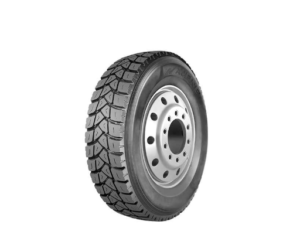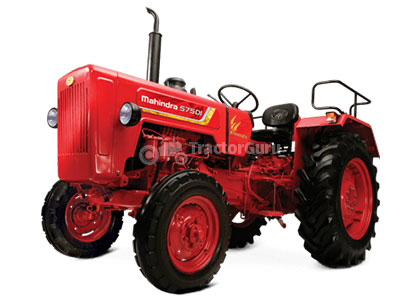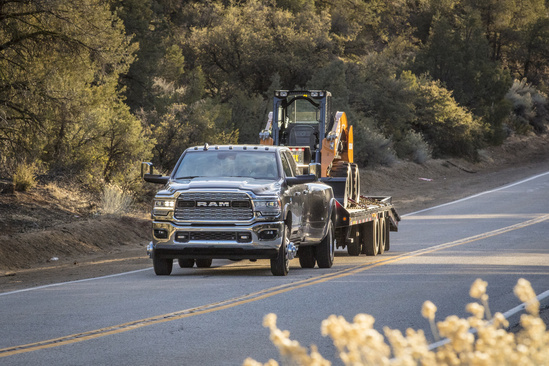How to Change Aufine Tyres


Changing Aufine tyres can be a tricky and dangerous process if not done correctly. It requires special tools, knowledge, and safety precautions to ensure the job is done right.
In this article, whether you’re a novice or an experienced mechanic, you’ll be provided with a step-by-step guide to changing Aufine tyres, so you can complete the task safely and correctly.
Get the Right Tools
If you’re going to change your Aufine tyres, you’ll need to make sure you have the right tools. You’ll need a jack, some wheel chocks and a lug wrench or torque wrench. You’ll also need to make sure that the jack is suitable for the size of your car – a small car will require a smaller jack than a large car. Once you have all the right tools, you’ll be ready to start changing your tyres.
If you’re going to use a jack, make sure you place it correctly, use the appropriate amount of pressure, and make sure the jack is in good working order. Before using it, check for signs of wear or tear.
Make sure you have all the necessary parts before you begin changing your tyres. This includes the spare tyre, the correct size lug nuts, and a valve stem cap. Check that all these parts are in good working order before you begin.
Then you can begin changing your Aufine tyres, taking your time and following the instructions carefully. Your tyres will be changed safely and correctly if you do this.
Remove the Old Tyre
Changing a tyre can be a daunting task, but with the right tools and a bit of patience, you can do it yourself. Before you begin, make sure that you have the necessary tools – a tyre iron, jack and wrench – at your disposal.
To begin, use the tyre iron to loosen the lug nuts on the wheel. Once the nuts are loose, use the jack to lift the car off the ground. If you don’t have a jack, you may need to visit your local garage for assistance.
Once the car is raised off the ground, you can remove the wheel and old tyre. Take the wheel and place it in a safe location away from your vehicle. You will then need to use the tyre iron to completely remove the lug nuts so that they are not left in the wheel.
Once the lug nuts are removed, carefully slide the old tyre off the wheel. Make sure that you place it in an area that is away from where you will be placing your new tyre. This is to prevent any damage or scratches to the new tyre.
Put On the New Tyre
When putting on the new tyre, make sure it is facing the right way. It should be clearly marked if there is a direction of rotation. Look for arrows pointing either clockwise or anti-clockwise.
Begin by lifting the edge of the tyre closest to you, and slowly working your way around the wheel rim. As you progress, use the tire lever to pull the edges of the tyre up onto the wheel rim. Make sure the tyre is evenly seated on the wheel rim before continuing.
Work your way around the rim, using the lever to push the tyre onto the rim as you go.
Once the tire is fastened tightly to the rim, remove the remaining air and confirm the seal is sound. Then, you can continue with inflating the tire.
Inflate the New Tyre
Inflating the new tyre is a very important step when changing your Aufine tyres. It is important to inflate the new tyre with the correct amount of air pressure for it to perform optimally.
First, use the tyre pressure gauge to check the recommended air pressure for the tyres on your vehicle. This is usually printed on a sticker inside the driver’s side door, or in the car manual. Once you know the recommended air pressure, you can start inflating the new tyre.
Use a compressor or portable hand pump to inflate the new tyre to the recommended pressure. Make sure that the valve stem is in good condition, and that the seal around the valve is secure. When using a compressor, make sure that you have a hose long enough to reach the wheel. If using a hand pump, make sure you pump until you reach the recommended pressure before you stop.
After inflating the new tyre, double-check the pressure with the tyre pressure gauge to make sure that it is correct. Once you are sure that the tyre has been inflated correctly, you can move on to the next step.
Check the Pressure
After you have replaced the tyre, it’s important to check the pressure. If the tyre is overinflated or underinflated, it can cause serious damage and affect your car’s performance. To check the pressure, use a tire pressure gauge and follow the instructions in the owner’s manual of your vehicle. The correct pressure for your car should be listed in the manual.
Check the pressure every few weeks or before long trips. You should also keep an eye out for signs that your tyre needs more air, such as bulging sides or decreased performance. If you notice any of these signs, make sure to fill up your tyres to the recommended pressure.
Conclusion
Changing your tyres is a straightforward task that will not take too long when you have the right tools. Make sure to take extra care when removing and replacing the tyres, as any mishandling can cause serious damage to the tyre or even your vehicle. After installing the new tyre, make sure to check the pressure and keep an eye on it over the coming weeks. By following these steps, you will be able to change your Aufine tyres quickly and safely.





